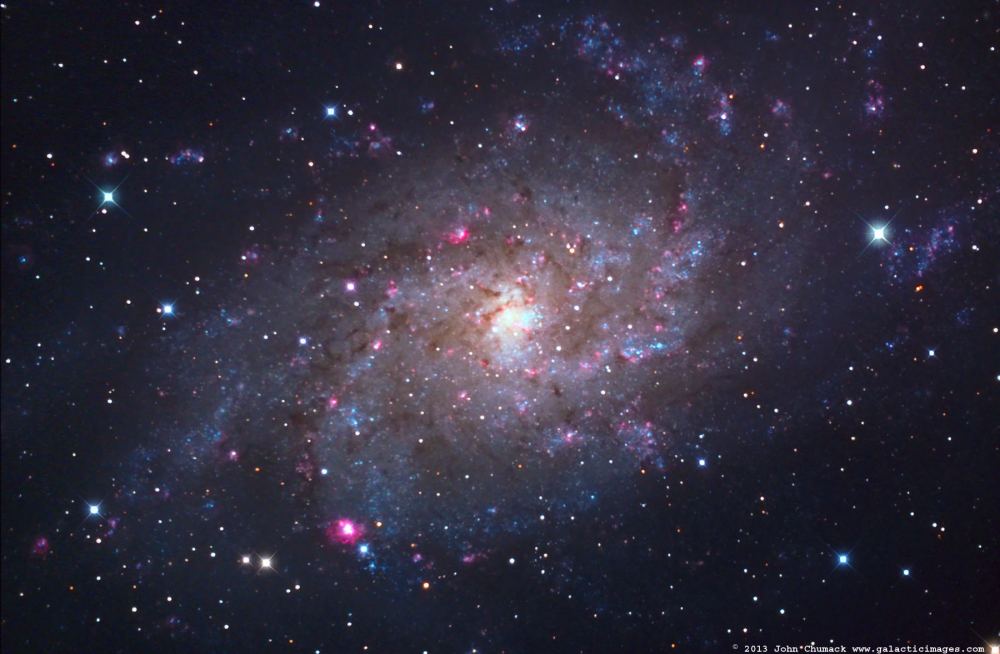We keep saying this: the universe is more complex than it appears. Conventional thinking in galaxy research postulates that spiral galaxies have star-forming areas, while ellipticals do not due to a lack of gas. While this thinking has been debunked, there’s now emerging research showing a “green valley” of galaxies somewhat in between these two types.
Basically, the research (which includes participation from citizen scientists in the Galaxy Zoo project) is showing that there are two different populations of “green” galaxies, between ellipticals and spirals. Further, what happens to star formation based upon gas in the area.
“In this paper, we take a look at the most crucial event in the life of a galaxy: the end of star formation. We often call this process ‘quenching’ and many astrophysicists have slightly different definitions of quenching. Galaxies are the place where cosmic gas condenses and, if it gets cold and dense enough, turns into stars. The resulting stars are what we really see as traditional optical astronomers,” wrote Kevin Schawinski, a Ph.D. student at the University of Oxford who is on the Galaxy Zoo team, in a blog post.
“Not all stars shine the same way though: stars much more massive than our sun are very bright and shine in a blue light as they are very hot. They’re also very short-lived. Lower mass stars take a more leisurely pace and don’t shine as bright (they’re not as hot). This is why star-forming galaxies are blue, and quiescent galaxies (or ‘quenched’ galaxies) are red: once star formation stops, the bluest stars die first and aren’t replaced with new ones, so they leave behind only the longer-lived red stars for us to observe as the galaxy passively evolves.”
You can read more information in the blog post. The study, which has been accepted for publication in the Monthly Notices of the Royal Astronomical Society, is available on preprint site Arxiv.

